Here is a visual that captures the essential elements of Teal Organizations as described in Frederic Laloux’s book “Reinventing Organizations”. This describes the Future of Work. Except that it has been here for decades. We never noticed how to have radically successful organizations. Enjoy.
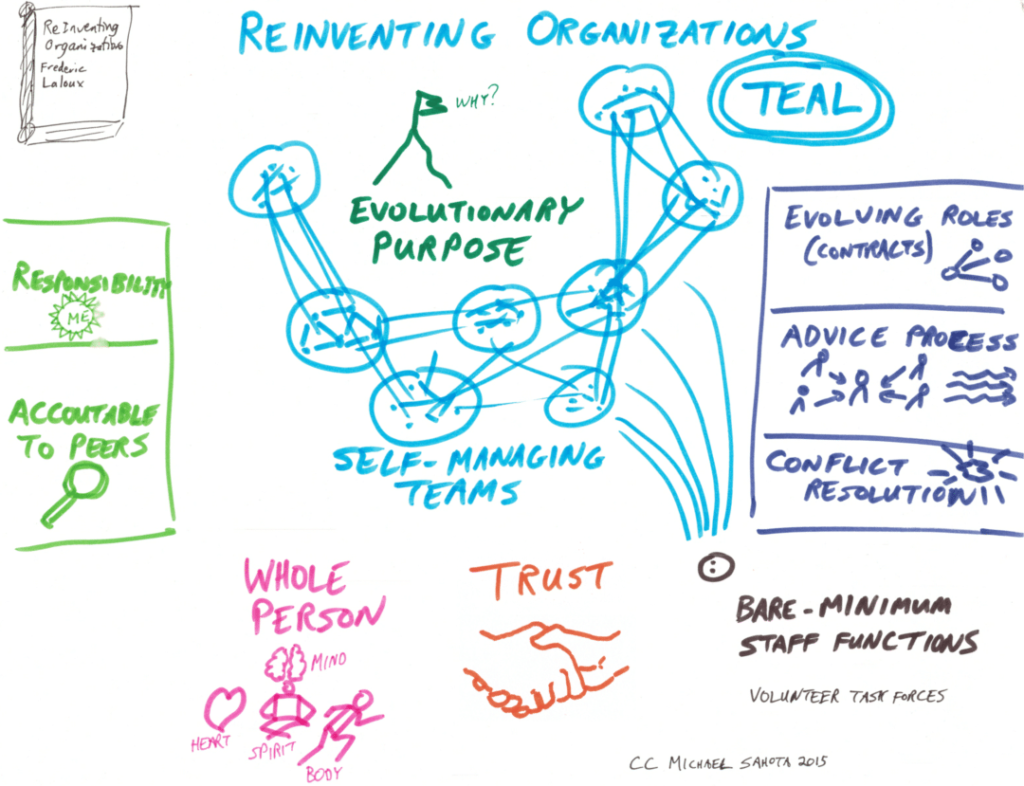
Evolutionary Purpose
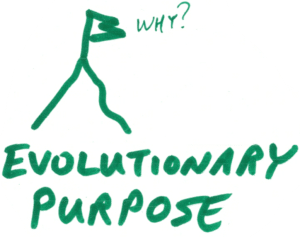
The foundation element is that the organization has clear sense of purpose that transcends profit, employment, shareholder returns. Instead, it looks towards supporting society and humanity as a whole. Evolutionary Purpose means that people in the organization listen and help the organization grow into what it needs to be rather than try to control or shape it based on their preferences.
The results and research supports that by focusing on something worthwhile in a soulful way that profits will follow.
Self-Managing Teams
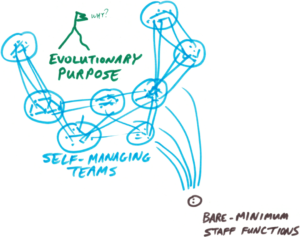
People and teams are self-managing. Guided by the evolutionary purpose, people make decisions that support the organization and it’s purpose. Some Teal organizations are structured as independent loosely-coupled teams while others have a more intricate web of commitments based on the nature of the work of the organization. In either case, there is a high degree of autonomy.
This is a radical departure from the way most companies are run with a traditional hierarchy to control decisions within the organization.
A key characteristic of an organization filled with autonomous workers is that there will only be a bare minimum of staff functions (IT, Legal, HR, Marketing, etc) required. In Teal, these staff functions see themselves as support – they are at the service of the people on the front lines delivering value.
Self-Governance Structures

In this section, we highlight three key self-governance structures.
In place of a hierarchy with fixed roles and titles, many Teal organizations have roles that evolve and change dynamically over time. These are often “micro” roles that are about taking on specific responsibilities whereas traditional roles may have a dozen or more such micro-roles. Sometimes these are specified through contracts or agreements between workers or teams.
The advice process is a decision-making process where the owner of a decision seeks advice from all people who are significantly impacted or those who have experience with the matter. Although all advice must be considered, the decision owner has full autonomy to make the decision. This process allows the organization to move forward and avoid the potential trap of consensus-based decision-making.
With autonomous people we will invariably have some level of conflict. People are treated as adults and expected to sort out there own conflicts through a well-understood conflict resolution mechanism. This often takes the basic structure: go talk to the person. If you can’t work it out directly, get help resolving the conflict. Of course, there is is training and support to help people develop the necessary skills.
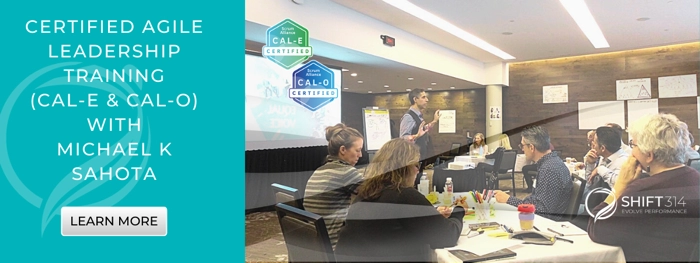
Responsible & Accountable People

Now we get to the underpinnings of how Teal organizations can actually function.
Teal runs on people feeling responsible for their actions and for helping the organization serve it’s purpose. They hold themselves and their peers accountable for behaviours and actions. Although this may seem radical in a traditional organizational context, this is very natural in Teal organizations. Once there are no bosses and everyone is a leader that makes decisions and is responsible for moving the organization forward, these properties naturally emerge in most people. Of course, some people don’t like this and choose to leave Teal environments.
Wholeness and Trust
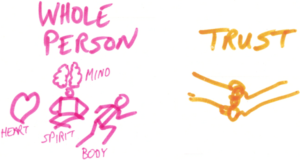
At a deeper level, there are other foundational elements.
In Teal organizations, we invite the whole person to the workplace: Mind, body, heart, and spirit. Here we see that people are complex, deep and rich. We do not try narrow or confine to only the analytical left-brain view in Orange organizations. Here we see that by welcoming the whole of people including intuition and sensing we may advance our purpose. We also look after people – in all aspects – so that our organization may flourish.
It is an ongoing act of trust for the most senior leader/owner to give away all their power to people in the organization. To trust that something better will emerge from an organization filled with leaders than with retaining power and control. Also, for Teal organizations to function there needs to be a high level of trust for the people we work with.
Context for Teal
I want to clarify a few things about the information I am sharing here:
- I created this infographic to help people grasp how substantially Teal organizations differ from traditional organizations.
- It is an illustration of Teal. All Teal organizations differ since they evolve organically. It’s not a blueprint. There is no blueprint.
- Although much of this is based on Laloux’s model there are some elements that have been added as part of my sense-making of Teal. e.g. emphasis of Responsibility, Trust.
- I am touching on some essential elements, not the full richness of how Teals organizations may function
Closing
I see Laloux’s concept of Teal as a very rich territory for inspiring how we might want to re-invent our organizations. My closing invitation is for people to use Teal and Teal organizations as inspiration for finding your own unique paths for growth rather than as a blueprint to be copied.


